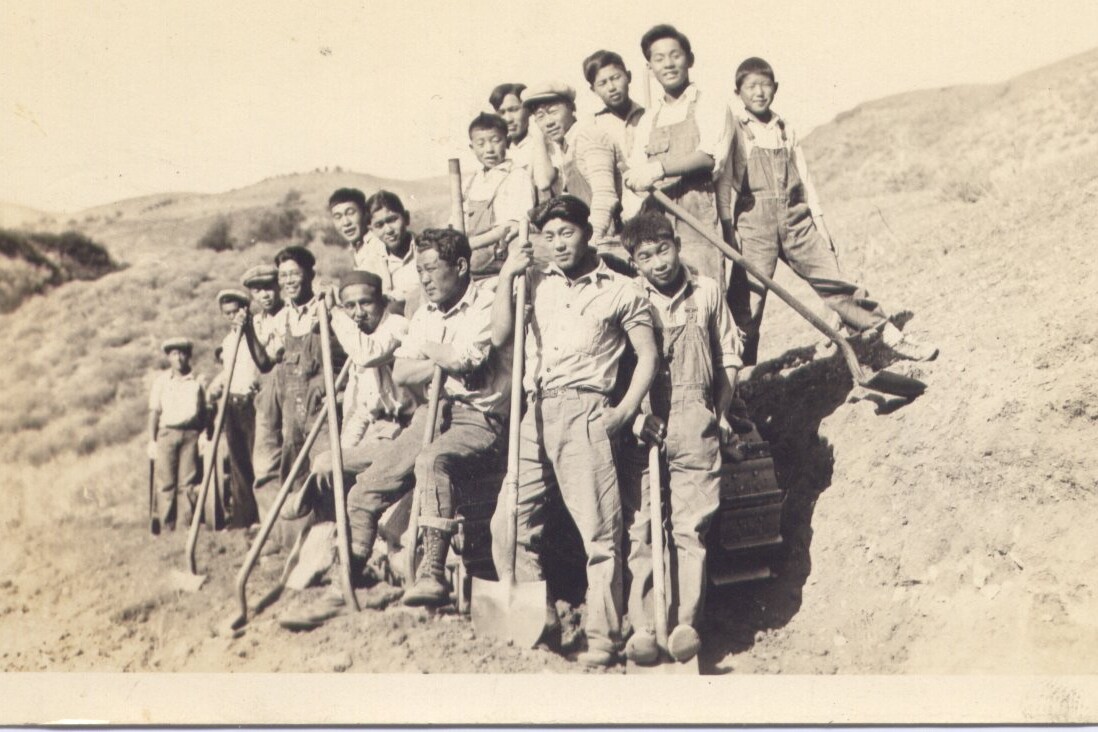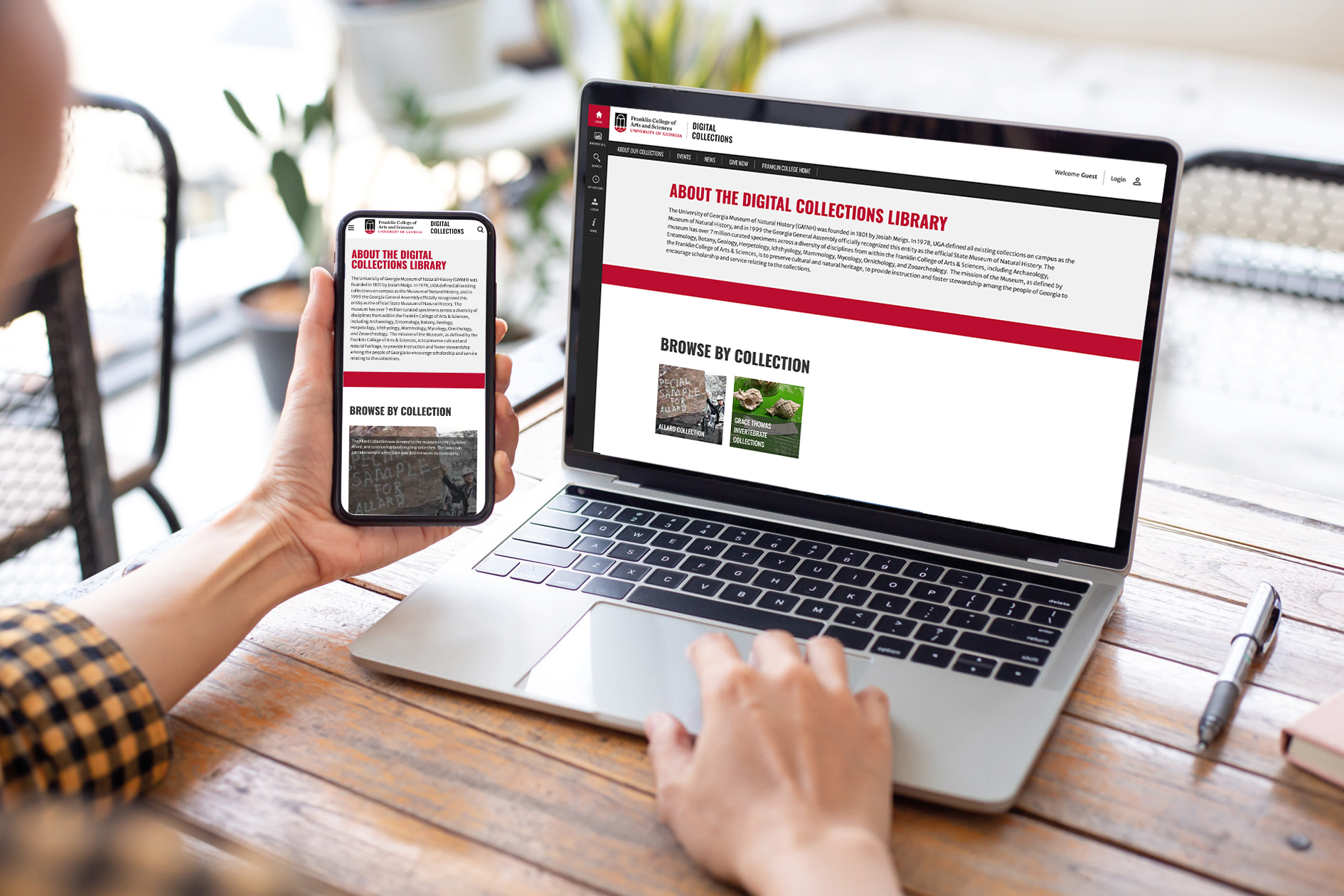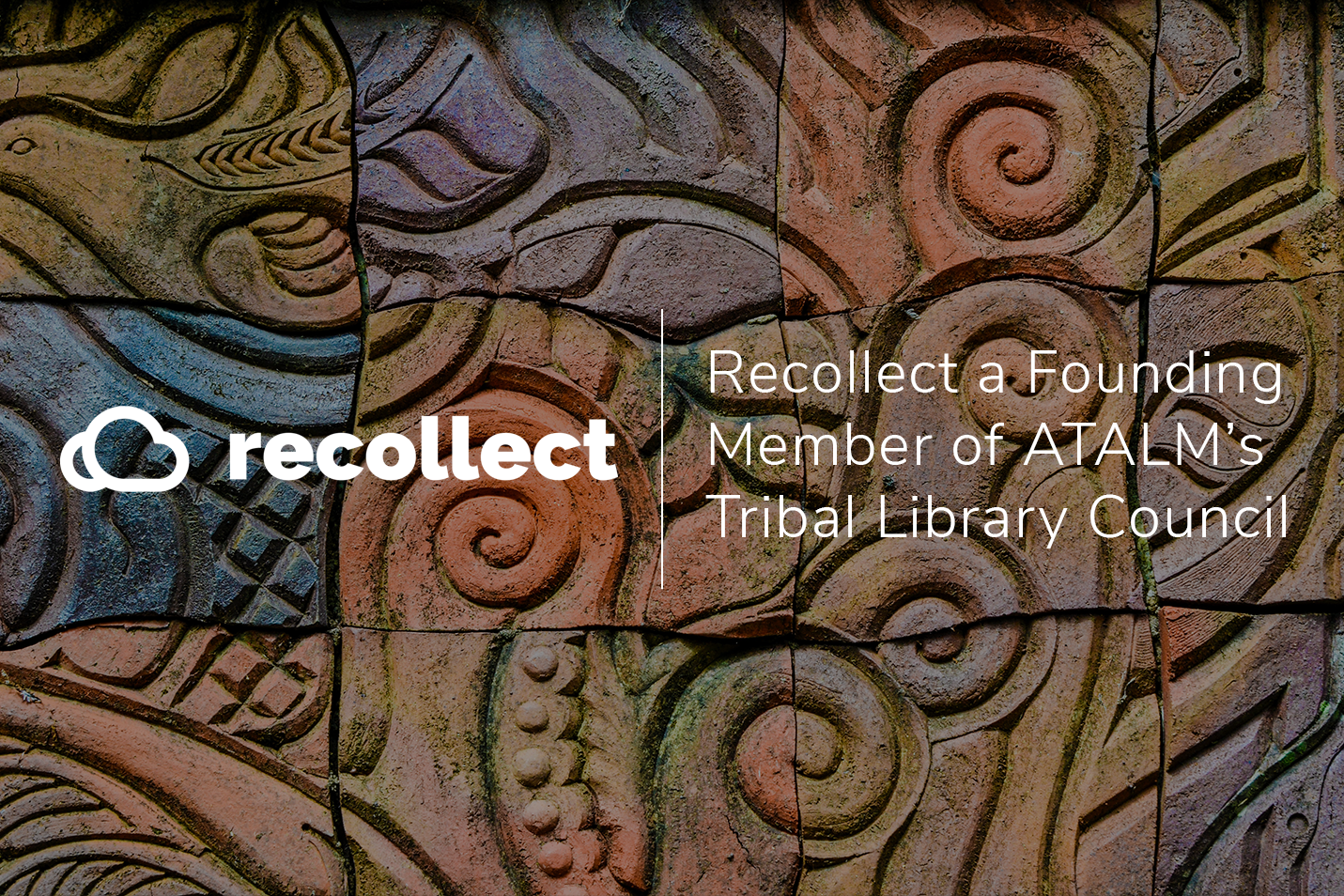Human-centred design is an approach to interactive systems development that aims to make systems usable and useful by focusing on the users, their needs and requirements, and by applying human factors/ergonomics, and usability knowledge and techniques. This approach enhances effectiveness and efficiency, improves human well-being, user satisfaction, accessibility and sustainability; and counteracts possible adverse effects of use on human health, safety and performance.
Organisations collect objects and information for the key purposes of preserving and protection, coupled with access and use. Establishing collections for preservation and protection requires a different approach to ensure discovery and access for internal users, compared to what is required for external users. E.g., archivists may be comfortable using a series model, while a scientist or historian may not.
Imposing unfamiliar discovery models onto users creates poor user experiences and places unnecessary barriers between the user and the collection.
Collections are more useful when they are organised to suit the discovery and access needs of the main users, both internal and external. For example, the access needs of a historian might be discovering documents by topic, browsing quickly through them, and being able to download high resolution copies. Alternatively, a data scientist might want to find all examples of a topic and download metadata into a spreadsheet so they can undertake further analysis.
To achieve a meaningful level of discovery and access, and thereby a good user experience, the intended users of a collection should be considered.
Human-centred design plays a critical part ensuring a site is configured for great user experiences.
Step 1: Understand the Users

Human-centred design always puts people before any other considerations, so the first step should be to identify the intended users. It is not sufficient to state that the collection is intended for all people. While this may be true, there will always be groups of users that will access the collection more frequently than others. Therefore, it makes sense to identify these user groups and determine their discovery and access needs.
Then, for each group, define:
- The collection elements they want to discover.
- The context they will view the collection through, e.g., organisational scheme, events, subjects, themes, locations, etc.
- How they might frame their queries, e.g., “I want to find correspondence to this organisation between these dates”, or “I would like to discover objects from this location.”
- What they want to access and download, e.g., an audio interview, transcription of the interview, metadata about the interview, etc.
- How they might want to share their findings.
- If they will want to contribute knowledge or items to the collection (if you allow).
Step 2: Understand the collection and design the metadata scheme and access

A deeper understanding of user groups facilitates the second step: the creation of meaningful metadata. In this step, a plan will be made to create and link metadata about the collection that will ensure each user group can engage with the collection in a manner that is natural to them. This also means considering how to provide them access to meaningful content, e.g., access to high resolution images, transcriptions, data tables, etc.
The result should be the creation of a design template for metadata and relationships that can be configured into the platform, along with a data migration plan for populating the objects and the metadata.
Step 3: Enable easy discovery

The final step is to provide natural entry points into the collection for the users that will provide a positive experience.
It possible to create simple pathways into the data for each user group with a well-grounded understanding of the users, the collection, and metadata. This may be through a simple search bar, or list of topics, or a geospatial view of the collection. Once a list of these natural entry points has been compiled, the overall layout of the site can be designed to conform with organisational brand guidelines as well as user experience.
In summary, if you take the time to understand how your users will engage with your collections, you can better design your metadata and user interface. Ultimately ensuring great user experiences and stronger engagement with your collections.













